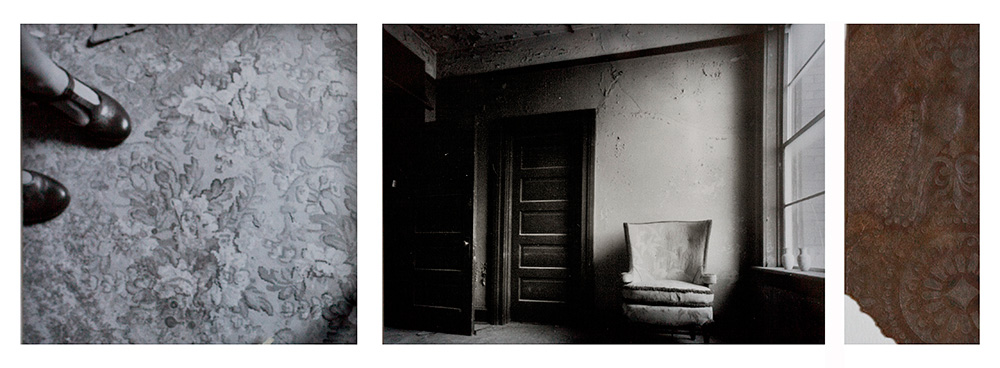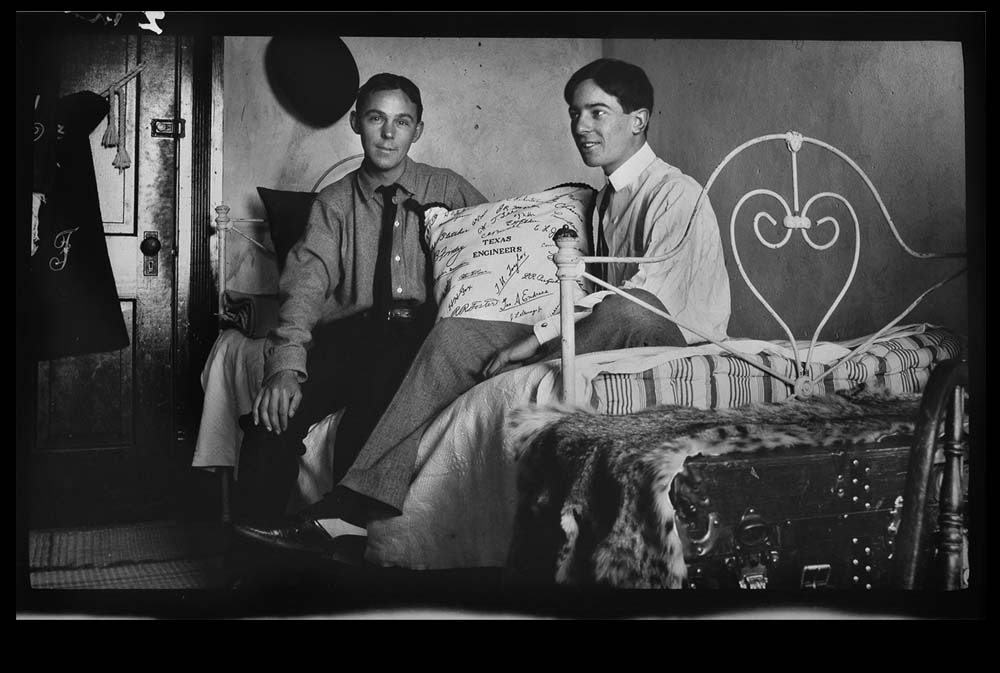Fort Worth photographer and Fort Worth Weekly contributor Byrd Williams IV represents the fourth generation in a family of professional photographers dating back to the turn of the 20th century. (Each photographer has been named Byrd.) Four photographs, one from each Williams, were recently acquired by the Harry Ransom Center, an arts-and-humanities research facility at the University of Texas at Austin that is home to one of the largest historical and contemporary photographic archives in the world.
The four pieces –– “Young Engineer” (1906), “B Hall” (1905), “Woman Downtown” (1937), and “Mary’s Room Above the Daiches” (2011) –– are representative of the “whole dynamic of the [Williams] family,” said Ransom senior research curator Roy Flukinger. The Williams collection was featured in a cover story in the Weekly several years ago (“Byrds’ Eye View,” Aug. 12, 2009).
Flukinger heard of the Williamses’ story from other Texas photographers and met Byrd IV a couple of years ago. Byrd IV, a photography teacher at Collin County College, had brought some of his students to the Ransom to conduct research. Flukinger eventually came to Fort Worth to see the Williams archive for himself. “I found out it’s a pretty interesting collection,” he said.
A friendship developed, and while Flukinger and Byrd IV were discussing the future of the collection –– including more than 330,000 negatives –– Flukinger came to the conclusion that the Williamses should be represented at the Ransom. Byrd IV donated the four pieces. The Ransom accepted.
“I’m just thrilled,” Byrd IV said.
The entire Williams photo archive, Flukinger said, “is quite remarkable … and should be archived,” preferably in Fort Worth or at least North Texas, not anyplace else. “The collection is very rich not only in style and subject matter, but it tells the growth of Fort Worth, its story,” Flukinger said. “It’s a valuable regional collection and should be preserved.”
(story continues below image)

Several institutions, including the Amon Carter Museum of American Art and The Museum of Fine Arts in Houston, house some of the Williamses’ work. But the rest, Byrd IV said, needs a home, preferably close by. “I’d hate to see the whole collection leave town,” Byrd IV, 60, said. “I don’t know what will happen, but it would be weird, like letting go of my whole life.”
The collection includes nitrate prints from the early 20th century. If not cared for properly (in a cool environment), they can degenerate into nitroglycerin and pose a serious fire hazard.
Byrd IV is in discussion with several institutions to house the collection, which he feels is as historic as it is artistic. The collection includes not only photographs and negatives but also books, extensive notes, and cameras, including mammoth-plate machines. Without being presumptuous, Byrd IV believes his family’s collection represents a “mini-history” of photographic trends in North Texas, understanding that he and each of his predecessors employed the technology of the times.












